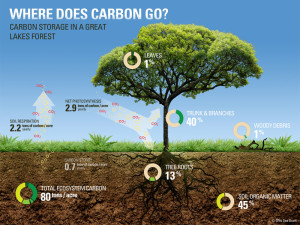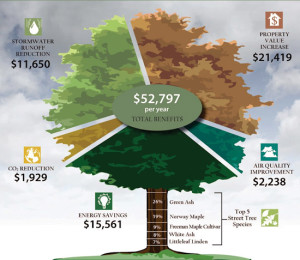FOR US HUMANS TO THRIVE, LET ALONE SURVIVE, WE MUST:
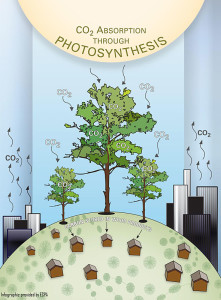 1) RELEASE LESS CARBON INTO the atmosphere by drastically reducing a) fossil fuels consumption and b) animal consumption with its massive emissions of both carbon and methane (20-30x more destructive than CO2).
1) RELEASE LESS CARBON INTO the atmosphere by drastically reducing a) fossil fuels consumption and b) animal consumption with its massive emissions of both carbon and methane (20-30x more destructive than CO2).
READ WHY ANIMAL “AG” FACTORIES ARE SO HARMFUL), and;
2) REMOVE EXCESS CARBON from the atmosphere after decades of fossil-fueled transportation, increased human population, and massively polluting animal (“meat”) factories.
Two of the most effective, efficient, and inexpensive methods to achieve these atmospheric carbon reductions involve trees:
3) END DEFORESTATION globally, especially deforestation to raise cattle for human consumption, a brutal and inefficient way to feed people. Major land disturbances, like turning forests into animal factories and palm oil plantations for processed foods, is a leading source of global CO2 emissions. 80-90% of Amazon rainforest destruction is for unnecessary, profit-driven beef production.
• WHAT’S the #1 cause of global deforestation”
How to erase 100 years of carbon emissions? Just plant trees.
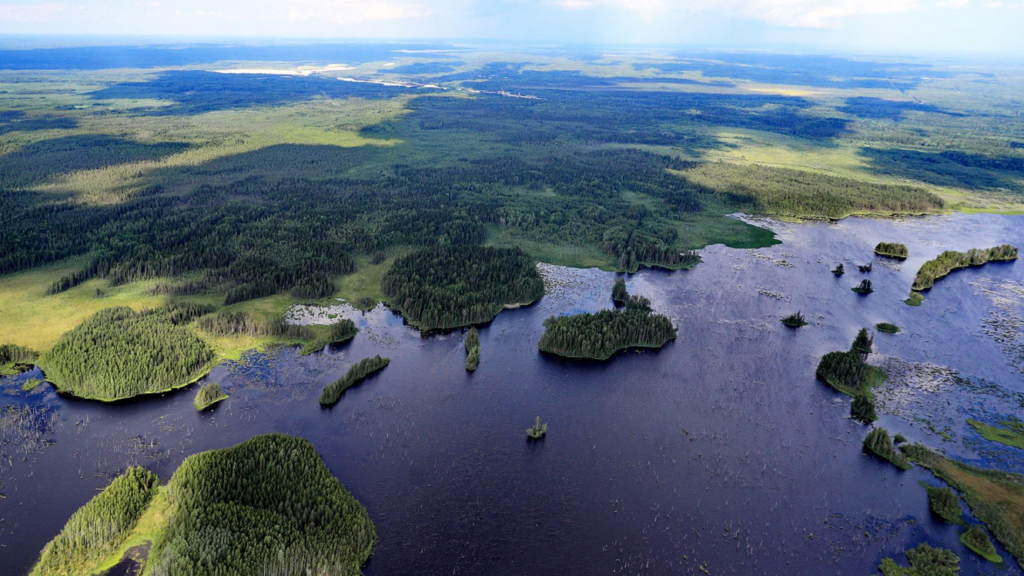
 “Increasing the Earth’s forests by an area the size of the U.S. would cut atmospheric CO2 25%… Our study shows clearly that forest restoration is the best climate change solution available…” said Tom Crowther, researcher at ETH Zürich, and senior author [of Science Mag study].
“Increasing the Earth’s forests by an area the size of the U.S. would cut atmospheric CO2 25%… Our study shows clearly that forest restoration is the best climate change solution available…” said Tom Crowther, researcher at ETH Zürich, and senior author [of Science Mag study].
READ Nat Geo article: https://www.nationalgeographic.com/environment/2019/07/how-to-erase-100-years-carbon-emissions-plant-trees
VIDEO: “A magic machine that sucks carbon out of the air, costs very little, and builds itself!…” Yes, that’s right, trees:
Narrated by climate activists Greta Thunberg and George Monbiot.
• Woods Hole Research Center REPORT:
“Forests: The Bridge to a Fossil-Free Future”

• [Forests are] One of Our Best Defenses Against Global Warming:

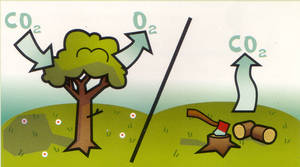 When forests are destroyed for agriculture or development, soils are typically ploughed, graded, compacted or excavated, and then left exposed to erosion. Natural disturbances (other than landslides) rarely cause deep damage to soil structure. Soil disturbance is the biggest source of CO2 emissions, not forest decay. Although soils accumulates carbon more slowly than trees, soils are storehouses for enormous amounts of carbon, over twice as much as is stored in the wood of the trees.
When forests are destroyed for agriculture or development, soils are typically ploughed, graded, compacted or excavated, and then left exposed to erosion. Natural disturbances (other than landslides) rarely cause deep damage to soil structure. Soil disturbance is the biggest source of CO2 emissions, not forest decay. Although soils accumulates carbon more slowly than trees, soils are storehouses for enormous amounts of carbon, over twice as much as is stored in the wood of the trees.
When disturbed, forest soils lose carbon rapidly from the rapid decay of organic material. In parts of the Pacific Northwest, a clear-cut forest replanted with conifer seedlings can continue to emit CO2 for up to 20 years. Even though the young trees sequester carbon, the rapid soil decay caused by the disturbance releases carbon more rapidly then the trees.
4) PLANT MORE TREES around the world — because… trees are carbon storage (sequestration) experts.
As anthropogenic (human-caused) global warming increases, we must find and utilize the most effective methods of reducing atmospheric CO2 (carbon dioxide) that traps heat on Earth, including extracting carbon from the air and getting it into long-term storage elsewhere. This process is called carbon sequestration, and high-technology methods to do this are being explored worldwide. But we needn’t wait for expensive, technological solutions.
We can increase carbon sequestration now by working with the world’s experts: trees. Trees have 350 million years’ experience sequestering carbon. Like other green plants, trees use photosynthesis to convert CO2 into sugar, cellulose and other carbon-containing carbohydrates they use for food and growth. Trees are unique in their ability to convert large amounts of carbon into wood, continually adding carbon as they grow. (Forests release some CO2 from processes like decay and respiration, but a healthy forest stores carbon at a greater rate than it releases it.)
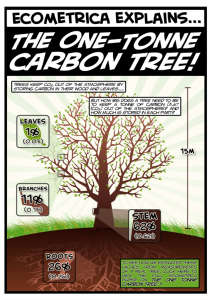 A tree absorbs up to 48 lbs CO2 per year = about 1 ton of carbon by age 40. Tree carbon sequestration rates vary widely with tree species, climate, and location, but younger and faster growing forests generally have higher annual sequestration rates. (Note that recent research shows old-growth redwoods continue to store large amounts of carbon as they grow in density.) Considering about HALF the weight of dried wood is carbon, trees hold lots of it. Add the enormous amount of carbon stored in forest soils to that of the trees, and forests are major carbon storage reservoirs.
A tree absorbs up to 48 lbs CO2 per year = about 1 ton of carbon by age 40. Tree carbon sequestration rates vary widely with tree species, climate, and location, but younger and faster growing forests generally have higher annual sequestration rates. (Note that recent research shows old-growth redwoods continue to store large amounts of carbon as they grow in density.) Considering about HALF the weight of dried wood is carbon, trees hold lots of it. Add the enormous amount of carbon stored in forest soils to that of the trees, and forests are major carbon storage reservoirs.
• READ: “Trees: The Carbon Storage Experts” by New York State Dept. of Environmental Conservation
• READ MORE tree benefits:
“Oh, what trees do for you” webpage
“Australians for Coal” VIDEO – how one resourceful Australian coal company honestly reconciled corporate responsibility & shareholder profits with the environmental fate of the Earth & future generations:

